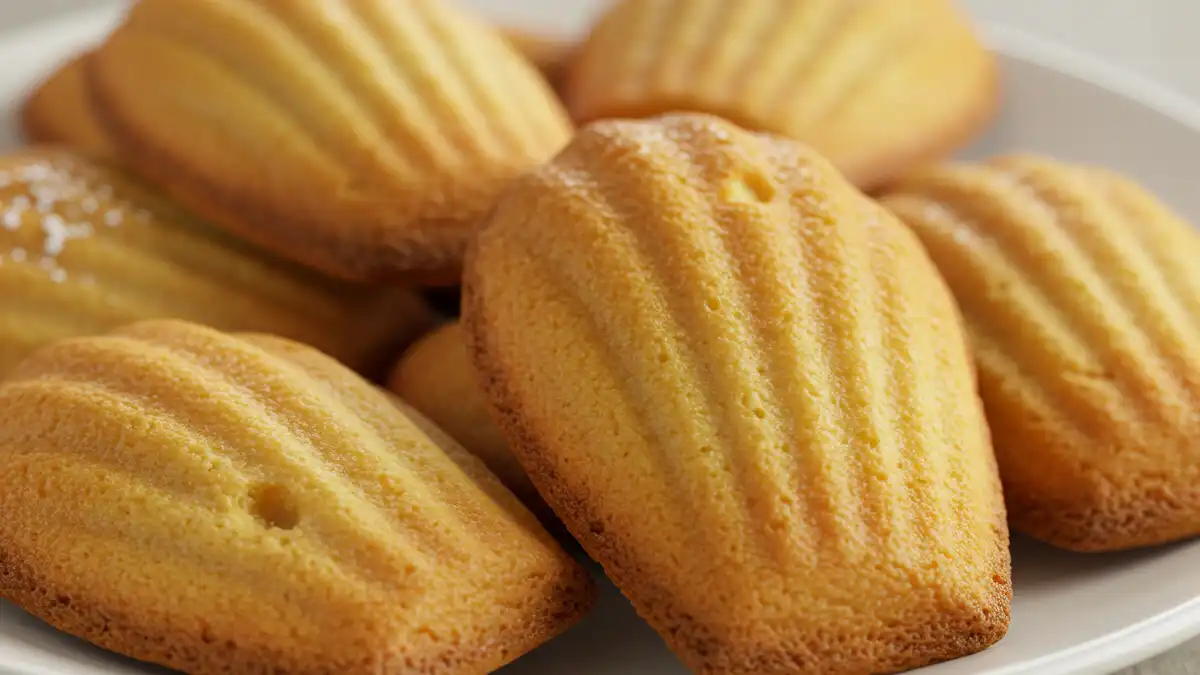
Table of Contents
Classic French Madeleines with a Creamy Twist
🍪 These delicate, shell-shaped Madeleine cookies are soft, buttery, and kissed with a hint of vanilla. The secret? A touch of cream for extra richness! ✨
Ingredients:
1 cup (120g) all-purpose flour
1/2 teaspoon baking powder
1/4 teaspoon salt
2 large eggs, room temperature
1/2 cup (100g) granulated sugar
1 teaspoon vanilla extract
1/4 cup (60ml) heavy cream
6 tablespoons (85g) unsalted butter, melted and cooled
Powdered sugar for dusting
Instructions:
1️⃣ Prepare the batter (10 minutes): In a bowl, whisk together flour, baking powder, and salt. In another bowl, beat eggs and sugar until pale and fluffy (about 5 minutes). Stir in vanilla.
2️⃣ Incorporate the wet ingredients (5 minutes): Gently fold the dry ingredients into the egg mixture. Stir in heavy cream, then slowly add melted butter. Mix until just combined.
3️⃣ Chill the batter (1 hour): Cover and refrigerate for at least an hour to help create that classic Madeleine bump!
4️⃣ Bake to perfection (10 minutes): Preheat oven to 375°F (190°C). Grease a Madeleine pan and fill each mold about ¾ full. Bake for 10–12 minutes until golden brown.
5️⃣ Final touch (2 minutes): Let cool for a few minutes, then dust with powdered sugar. Enjoy with tea or coffee! ☕
🕒 Prep Time: 15 min | Chill Time: 1 hour | Baking Time: 10 min | Total Time: 1 hr 25 min
🔥 Servings: 12 Madeleines | Calories: 140 kcal per piece
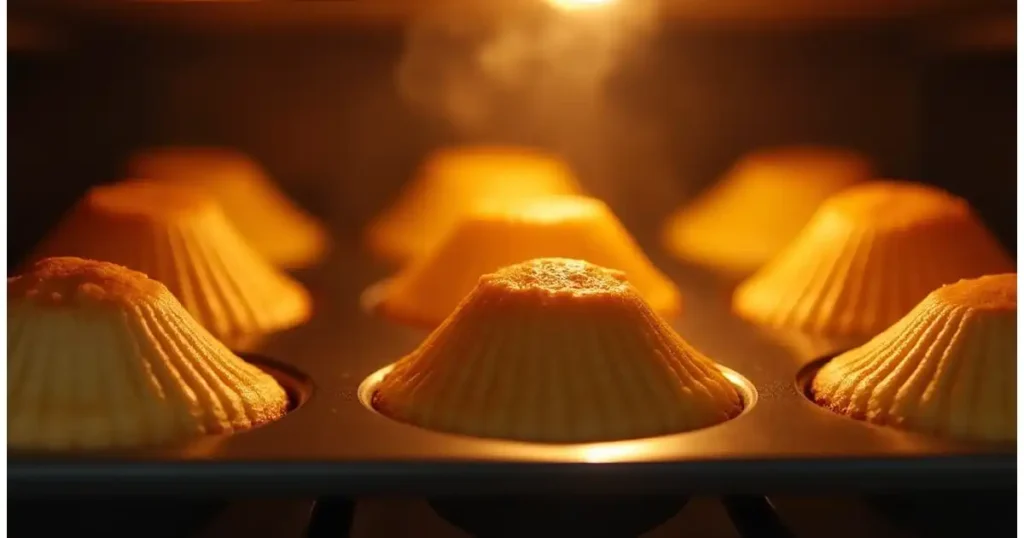
Madeline Cookies: Six Heartfelt Ways to Make Every Bite Special
There is something truly magical about the delicate, shell-shaped Madeline cookies. With their golden-brown edges and tender, buttery centers, they bring warmth to any kitchen and joy to every heart. Baking Madeline cookies is more than just a culinary task—it’s an act of love, a way to share sweet moments with those we cherish most. Let’s explore six heartfelt ways to make your Madeline cookies even more special, ensuring every bite is filled with love and comfort.
1. Choose the Finest Ingredients for the Purest Flavor
Great baking starts with the highest quality ingredients. Since Madeline cookies have a simple yet elegant flavor profile, it’s essential to use pure, fresh, and premium ingredients:
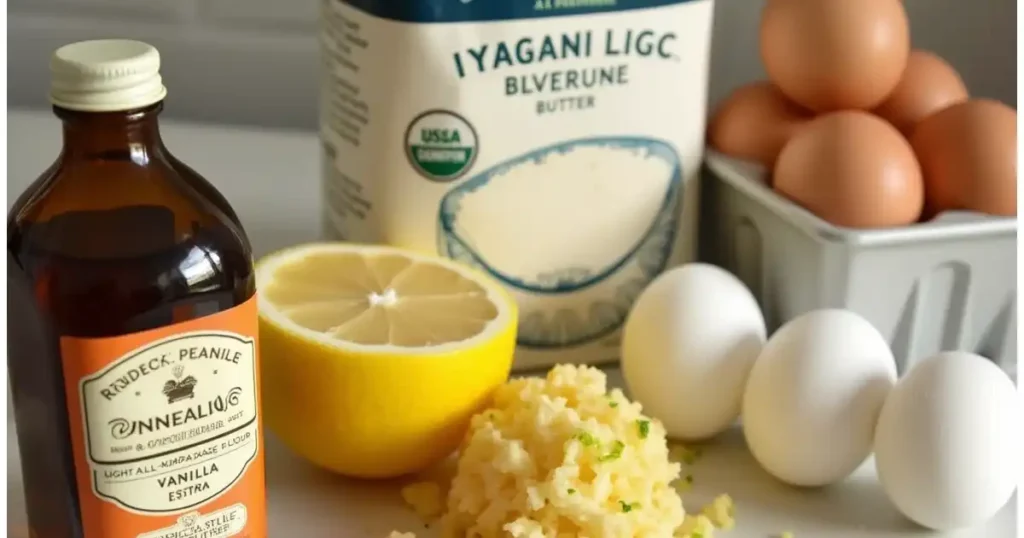
- Butter: Use European-style butter for its higher fat content and rich, creamy texture.
- Eggs: Always opt for organic, free-range eggs for a deeper, more vibrant flavor.
- Flour: A light all-purpose flour ensures a delicate crumb.
- Vanilla Extract: Pure Madagascar vanilla extract will elevate the cookies’ aromatic profile.
- Lemon Zest: The key to classic Madelines, a touch of freshly grated lemon zest adds a bright, refreshing note.
The love you put into selecting each ingredient will shine through in every bite.
2. Master the Art of the Perfect Batter
The texture of Madeline cookies relies on the perfect balance between lightness and structure. Follow these steps to ensure the batter is flawlessly airy yet rich:
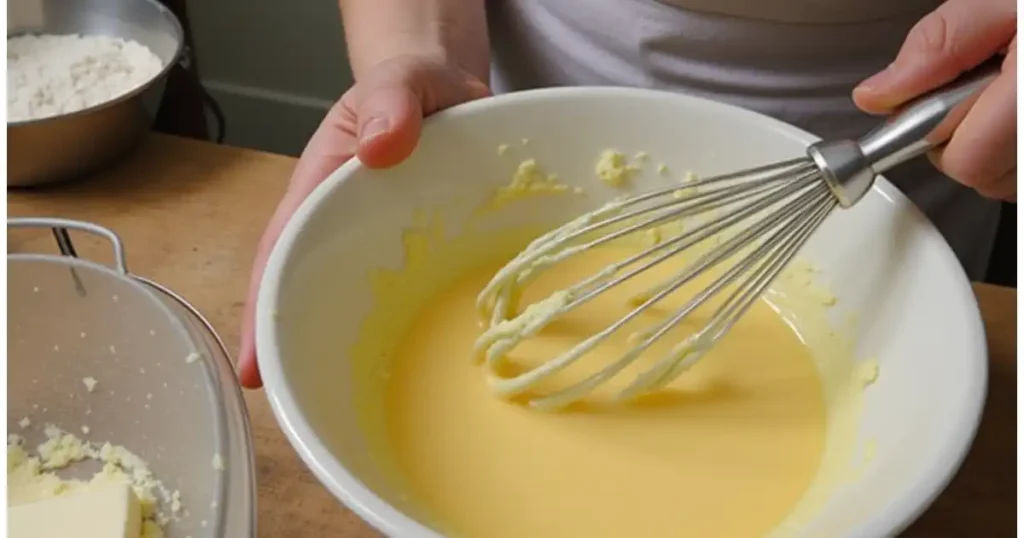
- Whisk the eggs and sugar together until they become pale and fluffy, incorporating plenty of air.
- Gently fold in the sifted flour to maintain the batter’s lightness.
- Melt the butter and let it cool slightly before folding it into the batter for ultimate smoothness.
- Let the batter rest in the refrigerator for at least one hour (or overnight) to allow flavors to meld beautifully.
A well-prepared batter is the foundation of truly exquisite Madeline cookies.
3. The Secret to the Signature Madeline Hump
The beloved Madeline hump is a sign of a perfectly baked cookie. To achieve this iconic shape:
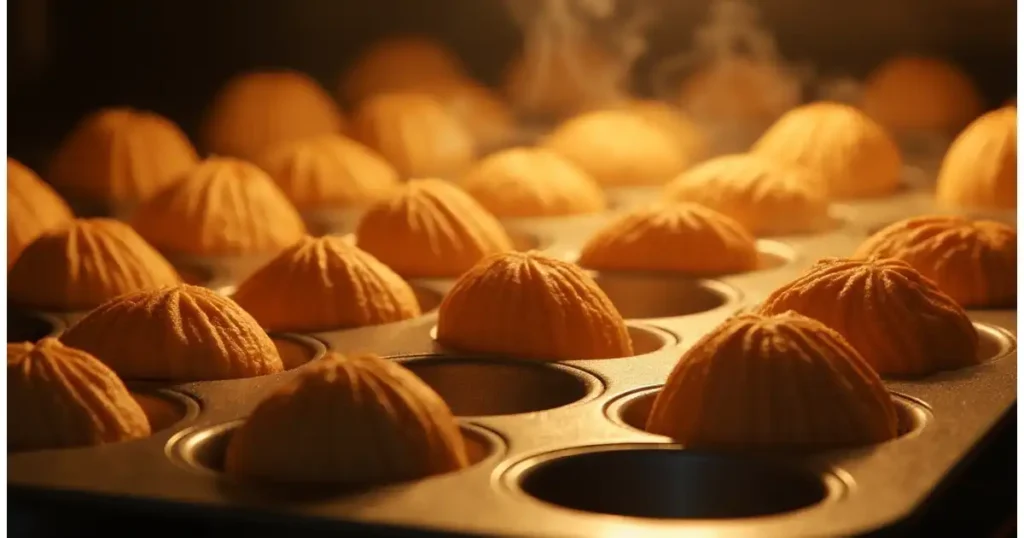
- Chill the batter: A cold batter hitting a hot oven creates the ideal temperature contrast for the rise.
- Use the right mold: Invest in a traditional Madeline pan with deep shell cavities for the classic shape.
- Preheat your oven properly: A hot, steady temperature—around 375°F (190°C)—helps create the signature bump.
- Bake with patience: Do not open the oven too soon; let the cookies fully develop their shape before checking.
This small yet essential detail makes Madeline cookies a visual and culinary masterpiece.
4. Infuse Flavors for a Personal Touch
While classic lemon Madelines are a timeless favorite, adding unique flavors creates a personal, loving touch. Here are some ideas:
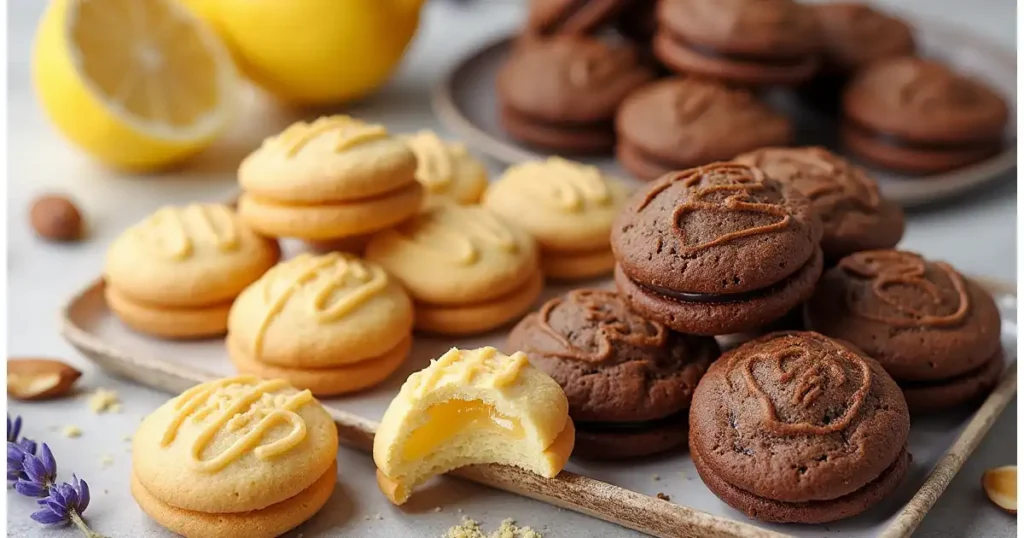
- Chocolate Madelines: Add cocoa powder for a rich, indulgent version.
- Honey Lavender: A teaspoon of honey and dried lavender lends a floral, comforting taste.
- Almond Delight: Swap some flour for finely ground almonds for a nutty aroma.
- Espresso Elegance: Stir in instant espresso powder for a sophisticated twist.
Experimenting with flavors allows you to bake with creativity and intention, making each batch of Madeline cookies a heartfelt gift.
5. Perfect Presentation for Special Moments
Madelines are as much about visual delight as they are about taste. Enhance their beauty with:
- A dusting of powdered sugar for an elegant finish.
- Dipping in melted chocolate, then sprinkling with crushed nuts or edible flowers.
- Serving with fresh berries and whipped cream for a stunning dessert plate.
- Arranging in a decorative tin for a charming homemade gift.
Presentation transforms simple Madeline cookies into something extraordinary—a gesture of love and care.
6. Bake Together for a Memory to Cherish
Baking Madeline cookies isn’t just about creating something delicious—it’s about making memories. Share the process with:

- Children, who will love helping with mixing and decorating.
- Loved ones, turning an afternoon of baking into quality time.
- Friends, for a cozy get-together filled with laughter and warm cookies.
In every carefully measured ingredient, every slow stir of the batter, and every golden cookie pulled from the oven, there’s a story waiting to be told. Baking Madeline cookies with love creates an experience that lingers long after the last crumb has disappeared.
Conclusion
There is something timeless and comforting about the Madeline cookie—a tiny treat with a powerful ability to bring joy. Whether you bake them for yourself, as a gift, or for a moment shared with loved ones, each bite is a reminder of the warmth that love and care bring into our lives.
The Heartwarming History of Madeleine Cookies: A Timeless French Delight
There are some recipes that transcend time, carrying with them stories of love, passion, and nostalgia. Madeleine cookies, those delicate, shell-shaped delights, are more than just a sweet treat—they are a symbol of tradition, artistry, and the warmth of home-baked love.
A Cookie Born from a Storybook Tale
The origins of Madeleines are as charming as the cookies themselves. Legend whispers that in the 18th century, in the Lorraine region of France, a young servant named Madeleine Paulmier baked these shell-shaped cakes for the Duke of Lorraine. The Duke, enchanted by their airy texture and buttery aroma, named them after her, forever immortalizing the humble baker in culinary history.
But the story doesn’t end there. As these small cakes made their way to the French court of Versailles, they quickly captured the heart of King Louis XV and, through him, the love of Marie Antoinette. From royal banquets to Parisian bakeries, Madeleines became a cherished delicacy—one that signified elegance and refinement.
A Nostalgic Bite of Childhood
Madeleines are not just cookies; they are memories baked into golden perfection. The famous French writer Marcel Proust described them beautifully in his masterpiece In Search of Lost Time. As he took a bite of a Madeleine dipped in tea, he was instantly transported to his childhood—his grandmother’s warm embrace, the scent of vanilla and butter filling the air, the simple joys of youth.
This evocative scene turned Madeleines into more than a pastry. They became a symbol of nostalgia, comfort, and the deep connection between food and memory. To this day, many say that biting into a Madeleine is like stepping back in time, reliving moments of happiness and love.
A Simple Recipe, A Profound Experience
Despite their luxurious taste, Madeleines are made from the simplest of ingredients—flour, eggs, butter, sugar, and a hint of lemon or vanilla. Yet, the magic lies in the technique. The batter must be chilled, allowing the cookies to develop their signature “hump” in the oven. The molds, shaped like delicate seashells, give them their iconic look—a tribute to their birthplace in Commercy, a town known for its connection to the sea.
Through centuries, bakers have put their own twist on the classic Madeleine recipe. Some infuse them with orange blossom, others dip them in rich chocolate, and a few even add a splash of rum or lavender honey for a touch of elegance. But no matter how they are made, the essence remains the same—pure, simple, and filled with love.
Baking Madeleines: A Love Letter to Tradition
There is something magical about baking Madeleine cookies at home. As you whisk the eggs and sugar, the kitchen fills with warmth. As the batter rests, anticipation builds. And when the Madeleines emerge from the oven—golden, delicate, and fragrant—you know you are not just baking cookies; you are carrying on a tradition that has lasted for centuries.
So the next time you bite into a Madeleine, close your eyes. Let the flavors transport you to a small French village, a grandmother’s loving kitchen, a moment of pure joy from the past. Because a Madeleine is more than a cookie—it is a story, a memory, and a piece of history waiting to be savored. 💛
FAQs
Why are they called Madeleine cookies?
Madeleines are named after a French pastry chef or servant named Madeleine Paulmier , who is said to have first baked these shell-shaped cakes in the early 18th century for the Prince-Bishop of Verdun. The name stuck, and the delicate sponge cakes became widely known as “Madeleines.”
What’s the difference between a macaron and a Madeleine?
- Macaron : A meringue-based cookie made with almond flour, sugar, and egg whites, featuring a smooth shell and soft filling (often ganache or buttercream). It has a crisp exterior and chewy interior.
- Madeleine : A small sponge cake flavored with lemon zest and shaped like a seashell. It’s denser than a macaron and typically unfilled, with a light, buttery texture.
While both are French pastries, macarons are more intricate and delicate, while Madeleines are simpler and cake-like.
How do the French eat Madeleines?
The French often enjoy Madeleines as a snack or dessert, typically served with tea, coffee, or hot chocolate. They’re also eaten during special occasions or as part of afternoon tea (goûter ). Some people dip them into their drinks for added moisture and flavor, reminiscent of Marcel Proust’s famous scene in Remembrance of Things Past .
How healthy are Madeleines?
Madeleines are not particularly healthy due to their high butter, sugar, and egg content. However, they can be enjoyed in moderation as an occasional treat. To make them slightly healthier, you could reduce sugar, use whole wheat flour, or substitute some butter with applesauce.
Why do Madeleines need to be refrigerated?
Madeleines don’t necessarily need to be refrigerated but are often stored this way to preserve freshness. Since they contain butter and eggs, refrigeration helps prevent spoilage if kept for more than a day. However, they should be brought back to room temperature before eating to restore their soft texture and flavor.
Do Madeleines taste good?
Yes, Madeleines taste delicious! Their signature flavors include buttery richness, subtle sweetness, and a hint of lemon zest. The tender, melt-in-your-mouth texture makes them a beloved classic. Many find their simplicity charming and comforting.
What does Madeleine mean in French?
In French, “Madeleine” is both a female given name (derived from Magdalene) and the word for the iconic shell-shaped cake. Beyond its culinary meaning, “Madeleine” is also associated with nostalgia, thanks to Marcel Proust’s literary reference to how tasting one evokes powerful memories.